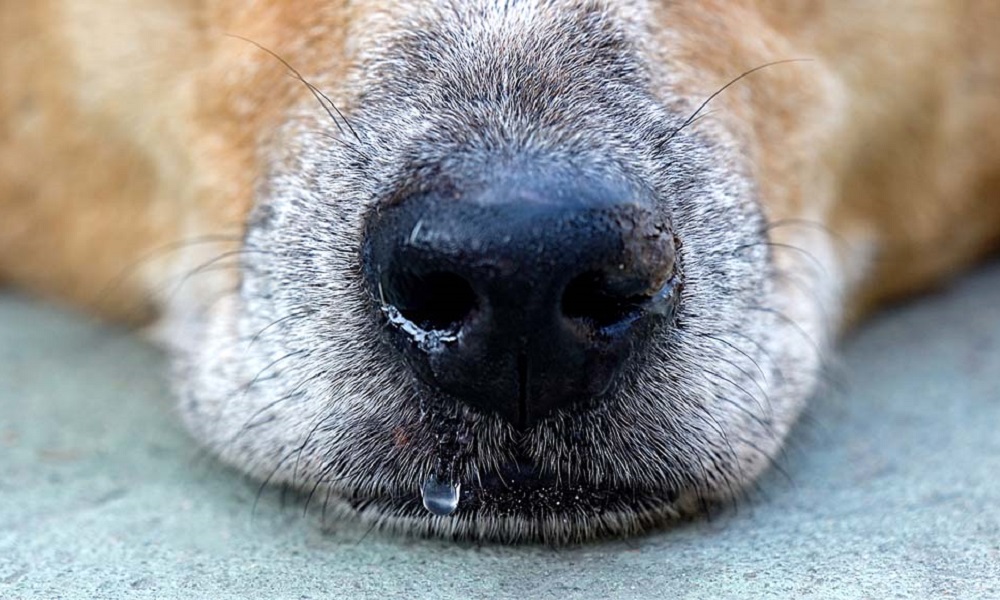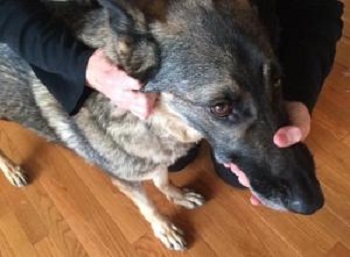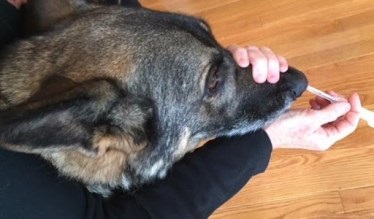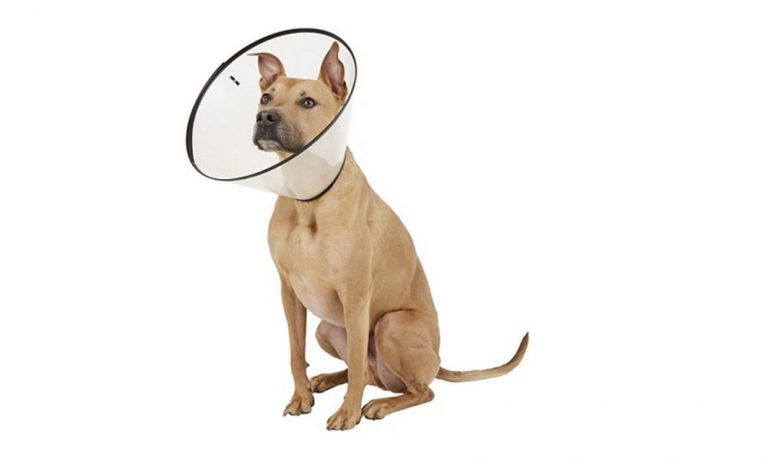How to Give Dog Nasal Spray
A stuffy nose can be very uncomfortable for dogs because dogs learn about the things around them through their nose. Restricted breathing can be caused by several factors ranging from simple to complex.
It could be a result of bacteria, viruses, allergies, infection, and nasal polyps. As pet owners, if your dog is suffering from a stuffy nose, do not wait till it starts threatening the life of your dog.
If the symptoms continue, have him examined by a veterinarian, and applying the right nasal spray will help clear his respiratory system.
Symptoms such as noisy breathing face pawing, difficult breathing, and sneezing show that a pet has a respiratory system problem.
Have a close examination of your dog’s nose by looking out for unusual discharge and a crusty nose. Below are the ways you can clean your dog’s nose and administer nasal spray to your dog without hassle.
These guidelines will help the spray fast and effective while ensuring pets get the prescribed dosage they need.
When Should I Use Nasal Spray for Dog?
For dogs showing signs related to respiratory discomfort, a nasal spray is part of the medication plan. If you notice symptoms such as running nose, noisy breathing, and depression in your dog.
If signs persist for 48 hours, one of the most thoughtful things is to apply a nasal spray. You can administer this when your dog has been exposed to an unavoidable allergen such as pollen, mold, or grass.
A Pet parent or veterinarian can use a nasal spray to loosen up secretions that can block a dog’s nasal passages. Letting your pet inhale hot steam can have the same effect.
Ensure you see a veterinarian before you proceed with buying any medication. Note, there is no best time to administer this spray on your dog except his doctor has prescribed it.
Read more: best dog repellent sprays
Is Nasal Spray Safe for Dogs?
Yes, according to experts, some are safe for pets while some are not. Some are recommended for pets according to breeds and sizes.
Some can be dangerous for dogs with underlying health conditions. Nasal sprays are not often used to treat dogs with respiratory problems becomes dogs dislike having anything inserted in their nostrils.
To make this safer for use, you should never administer into your dog’s body without consulting a vet because some has a combination of potentially harmful substances.
The allergies of each medication vary, hence knowing the appropriate medication and dosage to provide your dog is very vital to keep him safe.
A nasal spray is just a temporary solution to reduce the symptoms; hence most vets may recommend allergy desensitization injection or oral dosage.
Read More: How Much Calpol Can I Give My Dog?
How to Apply Dog Nasal Spray?
Applying nasal spray can pose a big task because most dogs don’t like any object in their nose. However, it is made with a unique design to make administering easy for pet owners.
Step 1
Wipe your dog’s nose with a warm wet hand towel. Clean off crusted mucus from the nose to enable the release of other blocked mucus.
Step 2
Turn on the hot shower and keep it running to steam up the bathroom. Bring in your dog and allow him to inhale the hot steam for 5-10 minutes.
It will clear the respiratory passages and make breathing easier. Afterwards, bring him out and clean his nose again.
Step 3
You can keep your dog calm by giving him his favorite tasty treat.
Step 4
Get hold of his head and keep his snout close together with the spray on the other hand. Ensure his snout is tightly closed because some dogs may struggle and could bite in the process.
You can as well get someone to help hold your dog for more stability while you administer the spray.
Step 5
Hold on to the spray and get ready to insert it into your dog’s nostril.
Step 6
On the other hand, insert the tip of the spray into one nostril at a time. Ensure the medication gets inside your pet’s nose.
Step 7
Hold your dog’s snout in an upward position for about 4 minutes; this will allow the medicine to penetrate his system.
Step 8
After you release his snout, keep praising and patting your pet or give him his favorite treat again.
Step 9
Use a small piece of cloth or hand towel to wipe off the excess spray, as this can cause allergies if it gets to his mouth.
Step 10
Administer the spray a few times a day, mostly when the symptoms are severe.
Step 11
Let your dog remain in a safe room where the allergies symptoms are not be triggered easily.
Read more: best tick spray for dogs
Side Effects of Nasal Spray
While it is safe to use a nasal spray for your dog, the side effect ranges from mild to severe and this depends on the medication.
Some content in the medicine, such as preservatives, can be irritating for dogs, especially those with a sensitive nose.
This intolerance varies on different dogs. When dogs have to inhale this medication for a long time, it can result in a weakened immune system, and in turn, makes your dog prone to infection.
Administering nasal spray can make pets upset and fussy because most dogs dislike having anything coming into their nose.
Read more: best anti-chew dog spray
Conclusion
Nasal issues are no cause for panic but should never be handled with levity. Sneezing, difficulty in breathing and running nose can keep a pet off balance.
Try and find the cause of your pet’s respiratory problem is or see a veterinarian to help examine your dog professionally. Purchase the prescribed medication and apply it to your pet according to the dosage.
As you are now familiar with the signs of dogs with a nasal problem, follow the step-by-step guides to help apply the nasal spray in the right way
Closely monitor your pet to ensure the nasal medication is effective. If you notice any allergic reaction, stop using the nasal medication and see your vet doctor immediately.









